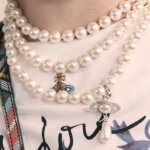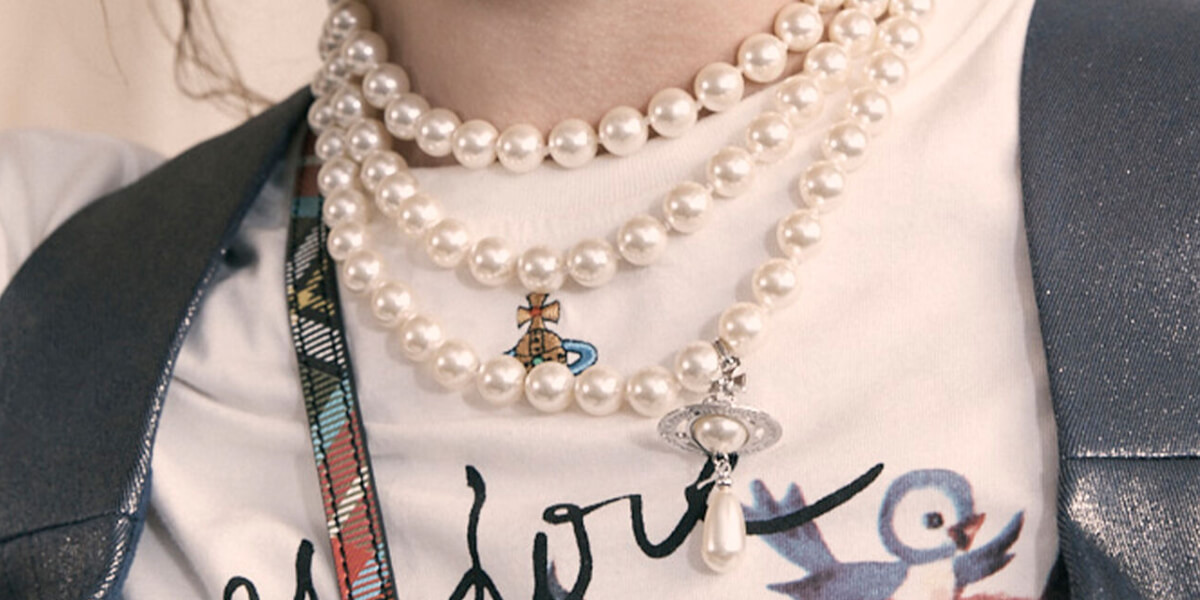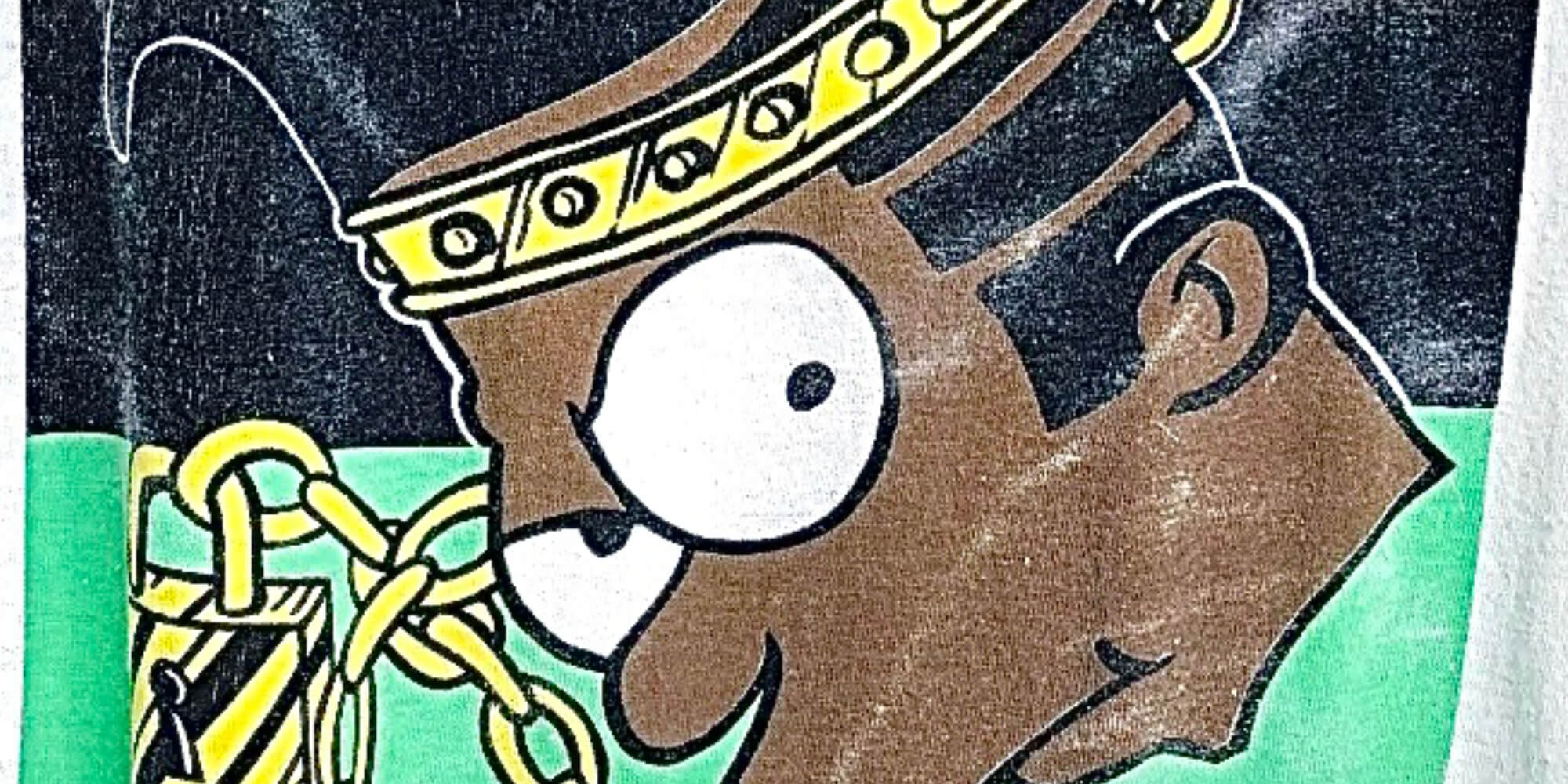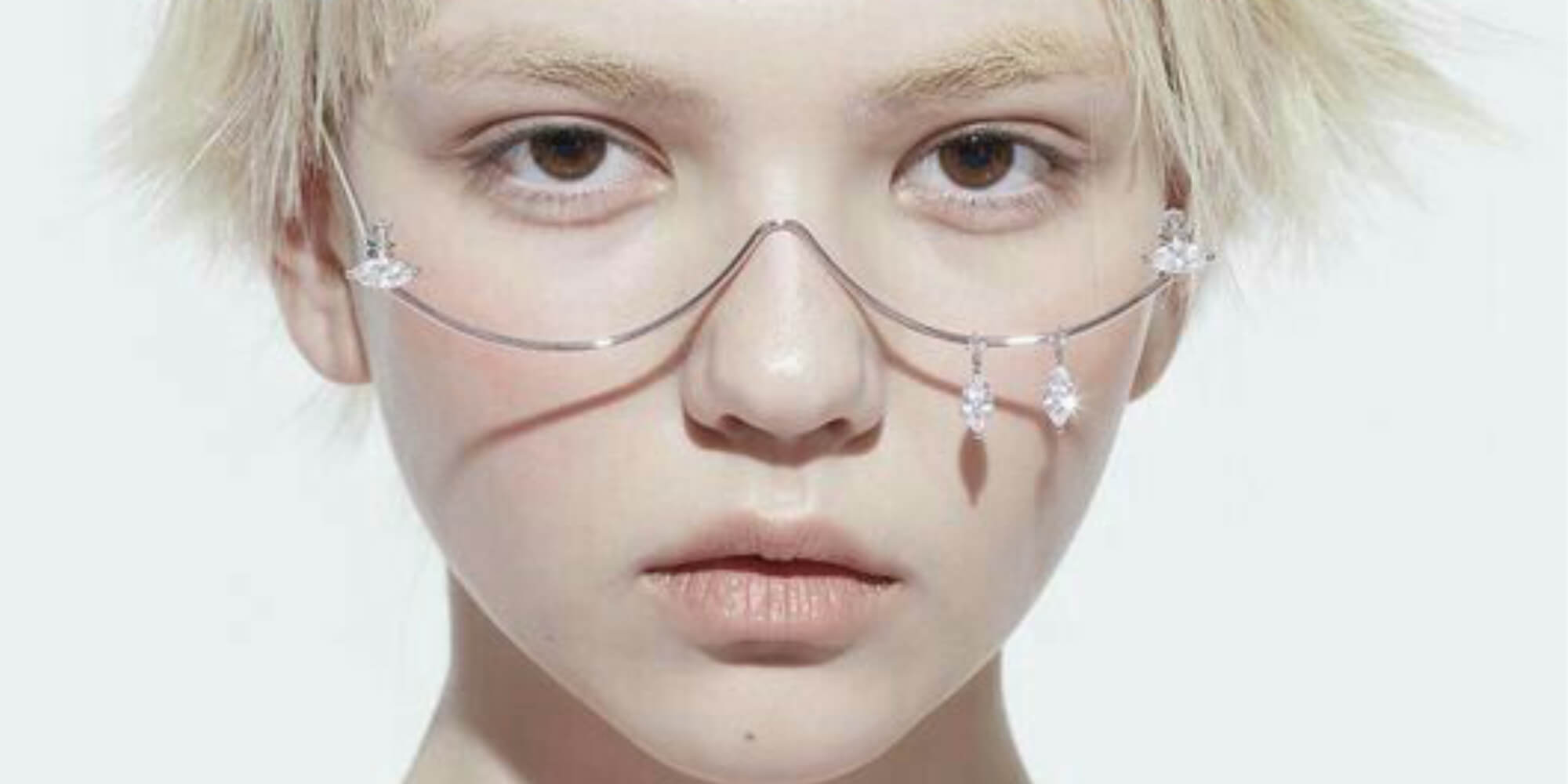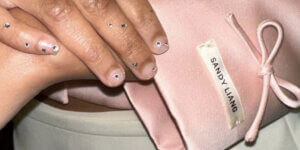Pearls have been in jewelry-making for millennia. Created by freshwater and marine mollusks, they’ve been featured in many paintings and have carried a wide range of meanings and symbolism throughout their long history in fashion.
From wealth to purity, and power to elegance, the use and symbolism of pearls have shifted with changes in aesthetic trends, religions, and the political and economic landscape. Yet, they have remained a lasting presence in the collective imagination throughout fashion history to this day.
Pearls Across the Ages – Their Connection to Fashion, Art, and Politics
In Roman times, pearls were of political, cultural, and economic importance. General and former dictator Julius Caesar’s thirst for ‘British pearls’ was gossiped about by Roman historian Suetonius. The Romans, who developed an appetite for high-end goods such as pearls after the rise in wealth from the annexation of Egypt, associated pearls with Venus (the Goddess of love, beauty, and sexuality). During the Roman Imperial Era, pearls were employed in the making of earrings and necklaces, a practice immortalized in artworks like the mosaic portrait, Matrona Pompeiana.
Through their association with wealth and beauty, pearls have been a feature of women’s fashion throughout the Renaissance and Early modern period. They symbolized purity and chastity, becoming part of the iconography of religious figures such as the Virgin Mary and Christ.
During the Early modern period, pearls also became the gems of choice for one of the most influential figures of her era: Elizabeth I of England. This Tudor Queen was acutely aware of the power of portraiture as a propaganda tool. Therefore, during her reign, she ensured her many likenesses were filled with symbolism that could positively influence her public perception. Fashion was a significant part of the visual language she embodied, and pearls were a regular feature of her portraits.
The story of how pearls became ubiquitous in European jewelry, reaching the continent in unprecedented quantities and adorning the heads and bodies of the rich and the powerful, isn’t just a story of symbolism but also exploitation, enslavement, and colonialism. Grotesquely, their origin from and long-standing association with the Sri Lankan and Indian Persian Gulf and Gulf of Mannar made pearls a feature of the West’s Orientalist fantasies. This can be seen in perhaps the most famous painting depicting pearls as early as the mid-seventeenth century: Dutch Golden Age painter Johannes Vermeer’s oil on canvas ‘Girl with a Pearl Earring‘ (1665).
Over the past century filled with artistic, cultural, and fashion changes, pearls gained even more symbolic meanings, firmly securing their role as a standout element in the history of jewelry and fashion. In the 1900s, Art Nouveau jewelers such as René Lalique, Georges Fouquet, and Henri Vever used the aesthetic qualities of pearls in their quest to reproduce the free-flowing forms of the natural world.
In 1893, Japanese businessman Kokichi Mikimoto created the world’s first cultured pearls. This invention came a few decades before pearls entered mass media and pop culture in the mid-20th century. These crucial years earned pearls their current association with vintage fashion. Popular and influential classical Hollywood cinema stars like Grace Kelly, Elizabeth Taylor, and Marilyn Monroe wore pearls on and off the Big Screen. Pearls were also part of one American cinema’s most recognizable ensemble, the one worn by Audrey Hepburn’s character Holly Golightly in the opening scene of Breakfast at Tiffany’s (1961), the watered-down adaptation of Truman Capote’s 1958 homonymous novella.
During the second half of the twentieth century, pearls were worn by public figures who strongly influenced fashion trends; like the U.S. First Lady Jacqueline Kennedy and the Princess of Wales Diana Spencer. Pearls also became part of counterculture aesthetics through the work of punk designer Vivienne Westwood, British artist Linder, and Sue Blane’s iconic costumes designed for the character of Dr. Frank-N-Furter in the Gothic musical and LGBTQ+ cult classic The Rocky Horror Picture Show (1975).
As one would expect, given their history and aesthetic flexibility, pearls are still being amply employed by designers worldwide and worked into current trends. They were featured on the Spring/Summer 2025 runways of high-end fashion houses like Balmain, Chanel, and Louis Vuitton but are also being used in the collections and creation of indie designers like House Of Alvin, Krikor Jabotian, and Poppy Langridge.








